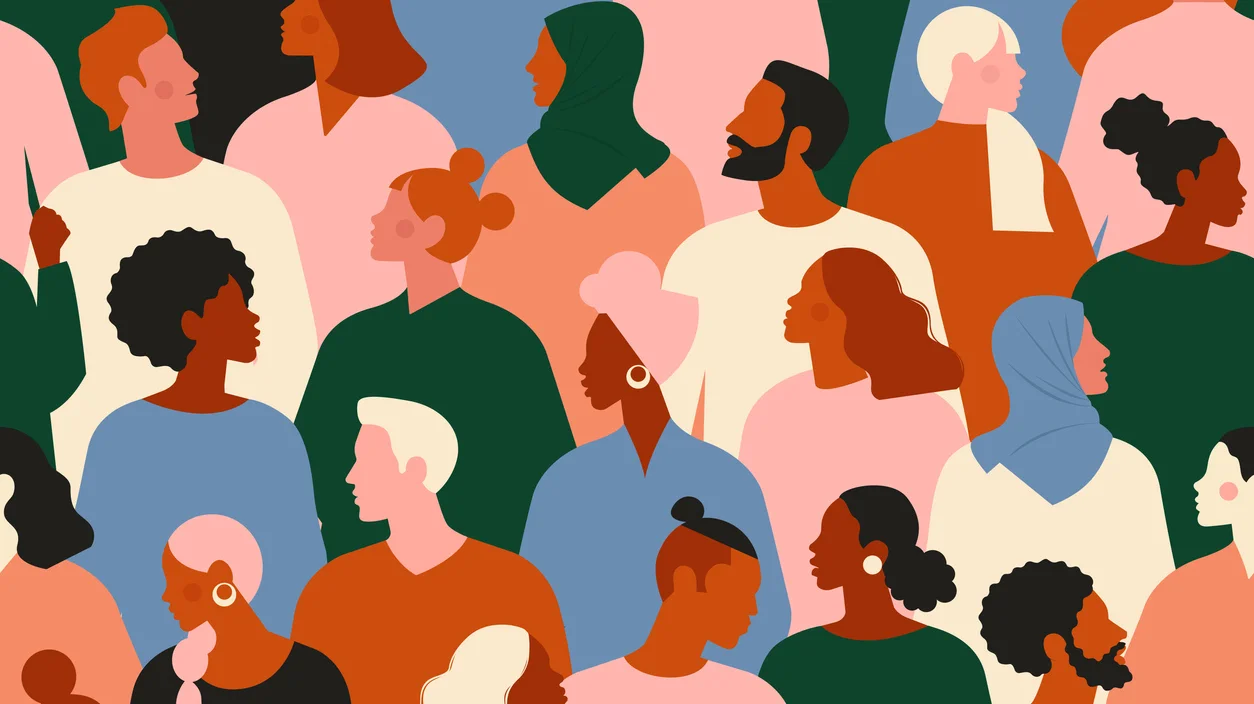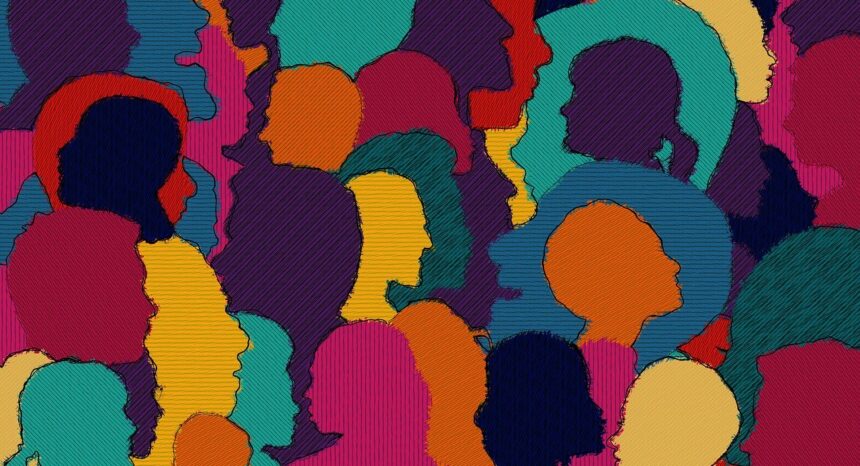To Become A Theorist On A Multicultural Question

Summary
Spend 20 minutes reflecting on multiculturalism, through the lens of contemporary art, and becoming a theorist on a multicultural question.

Intro
“How then can the particular and the universal, the claims of both difference and equality be recognised? How can the struggle to deepen democracy and to contest and dismantle racism and exclusion be motivated? This is the challenge, the conundrum which the multicultural question properly understood lays on us.”
–Stuart Hall
Multiculturalism is an idea of public policy arguing that different identities and cultural groups should be acknowledged, preserved, and supported in society. It seeks to tackle the challenges that arise out of cultural diversity and minority marginalisation. The key theme of multiculturalism is diversity within unity.
However, some people have many doubts and questions about the idea, because it seems too perfect and idealistic, like a Utopia. Critics of multiculturalism often debate whether the multicultural ideal of benignly co-existing cultures that interrelate and influence one another, and yet remain distinct, is sustainable, paradoxical, or even desirable.
Now, spend 20 minutes reflecting on multiculturalism, through the lens of contemporary art, and becoming a theorist on a multicultural question!

1. What and Why is Multiculturalism
(3 min 30 s)
Watch the video to help you understand multiculturalism.
https://www.youtube.com/watch?v=YNNS3WACilM
Now try to answer the questions:
Are you optimistic about multiculturalism?
How should it be studied?
2. Stuart Hall: Problematising and Theorising Multicultural Studies
(1 min)
As the “godfather of multiculturalism”, Stuart Hall argues that multiculturalism studies should emphasise problematising and theorising the processes constituting identity, community, diaspora, etc. Influenced by poststructuralist thoughts, Hall states that culture is always negotiated, dislocated and shifting, and boundaries are crossed and “new ethnicities” formed (Hall, 1996). He deems collective identities by necessity heterogeneous and hybrid, and multiculturalism a method of interpreting a synchronic society in a multicultural context where the subject “articulates” with others and the individuals “articulate” with the group. To settle the claims of both difference and equality, he suggests thinking beyond the traditional boundaries of the existing political discourses and their ever-ready “solutions” (Hall, 2000).
Therefore, in terms of multiculturalism studies, it might be possible that we put aside the impossibility of multiculturalism living with cultural diversity, but return to the multicultural questions and boost the discussion of multiculturalism by connecting and reconnecting to every single multicultural issue like minority rights, religion, ethnicity, immigration and diaspora. Since culture and cultural identity are hybrid and in motion, we need to constantly deconstruct and construct the object of our question and studies.

3. Observe and Categorise Multicultural Themes in Contemporary Art
(10 min 30 s)
Browse one of the following websites of renowned art institutions, take some notes, and try to classify 20 exhibitions or events of contemporary art according to theorised multicultural themes like antiracism, decolonisation, minority rights, etc.
https://www.centrepompidou.fr/en/
Then review your notes and think about–
Is there any new, branch or emerging multicultural issue you have discovered and thought can be problematised and theorised?

4. Problematise and Theorise One Multicultural Issue
(5 min)
Based on your outcome of step 3, try to specify a multicultural topic you think has been narrowed down and focus on contemporary culture and society.
You are expected to make a concise thesis statement or raise a critical and inspiring question.
OER Creative Commons Licence
Open Toolkit-To Become A TheoristOn A Multicultural Question © 2023 by Haoxing Zhu is licensed under CC BY 4.0


